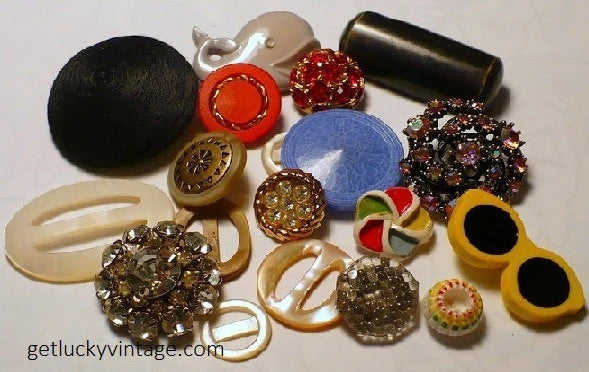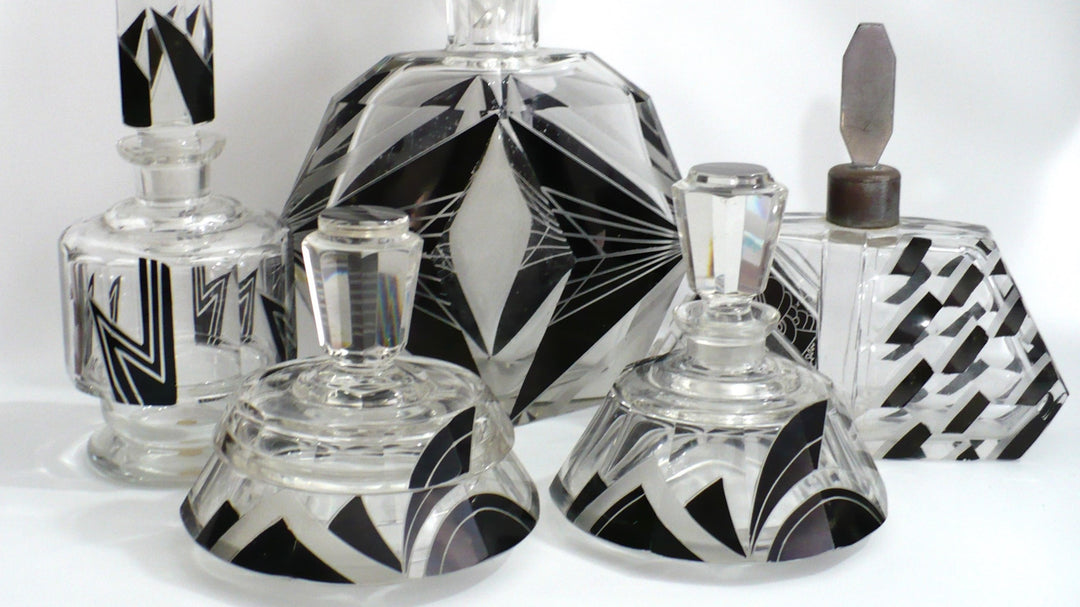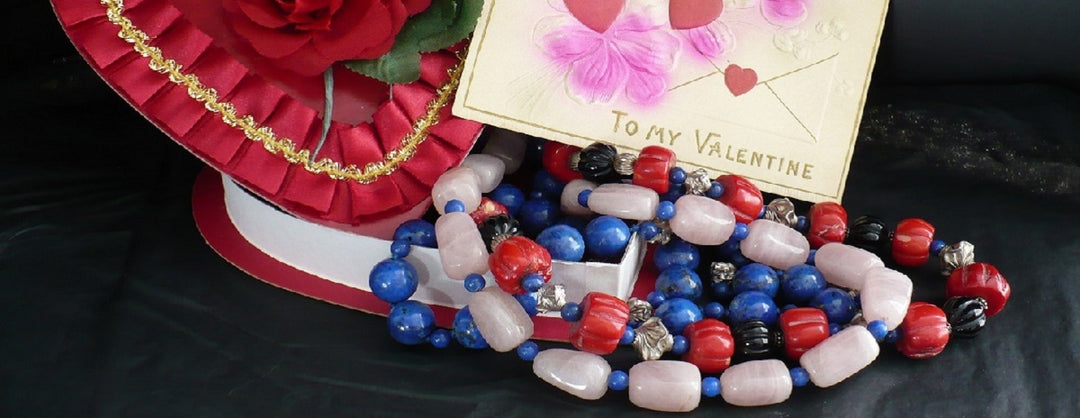Knowing how to size and measure a button is crucial for seamstresses, collectors, museum textile restoration experts, and vintage clothing repair specialists for several reasons. Firstly, accurate measurements ensure that the replacement button fits perfectly in place of the original one, maintaining the integrity and aesthetics of the garment.
Seamstresses rely on precise measurements to create a seamless finish, avoiding any discrepancies in the final product.
For collectors, understanding how to measure a button is essential for cataloging and documenting their collections. By accurately measuring each button, collectors can provide detailed information about the size, shape, and material of the buttons in their possession, enhancing the value and historical significance of their collection.
In museum textile restoration, precise measurements of buttons play a vital role in preserving and restoring historical garments. By accurately measuring buttons on antique clothing, restoration experts can source or create exact replicas to replace missing or damaged buttons, ensuring that the garment remains true to its original form.
Similarly, in vintage clothing repair, knowing how to measure a button is essential for maintaining the authenticity of the garment. Vintage clothing often features unique and intricate buttons that may be challenging to find replacements for. By accurately measuring these buttons, repair specialists can source or create suitable alternatives that complement the garment's style and era.
Overall, mastering the skill of measuring buttons is a fundamental aspect of garment construction, restoration, and preservation. Whether you are a seamstress, collector, museum textile restoration expert, or vintage clothing repair specialist, precise measurements ensure that every button serves its purpose effectively, enhancing the overall quality and longevity of the garment.
We suggest using a jeweler's caliper to measure the widest part of the button for the best accuracy.
In light of these factors, we are sharing our button sizing conversion chart. We hope you find it helpful while shopping our antique button collection and working on your sewing projects.
As a precursor to the chart, it is important to understand what Ligne means. Ligne measurements are a way to determine the size of buttons, commonly used by watchmakers, button-makers, and hat-makers. Ligne is a French term that means "line" and is represented by the letter L. It is an international standard for recognizing button sizes, with 1 ligne being equivalent to 1/40 inch (0.635 mm.) This unit is used to measure the diameter of buttons, providing a standardized way to ensure consistency in sizing across different products.
Ligne measurements are a way to determine the size of buttons, commonly used by watchmakers, button-makers, and hat-makers. Ligne is a French term that means "line" and is represented by the letter L. It is an international standard for recognizing button sizes, with 1 ligne being equivalent to 1/40 inch (0.635 mm.) This unit is used to measure the diameter of buttons, providing a standardized way to ensure consistency in sizing across different products.
At Get Lucky Vintage we adhere to The National Button Society’s sizing guidelines as follows:
Diminutive: up to 3/8"; Small: 3/8" up to 3/4"; Medium: 3/4" up to 1 1/4"; and Large: 1 1/4" & over
Ligne = millimeters = inches
Start Diminutive
1L = 0.635 mm = 1/32
2L = 1.27 mm = 3/64
3L = 1.9 mm = 5/64
4L = 2.5 mm = 3/32
5L = 3.1 mm = 1/8
6L = 3.8 mm = 5/32
7L = 4.4 mm = 11/64
8L = 5 mm = 13/64
9L = 5.7 mm = 7/32
10L = 6.3 mm =1/4
11L = 6.9 mm = 17/64
12L = 7.6 mm = 19/64
13L = 8.2 mm = 5/16 (21/64)
14L = 8.8 mm = 11/32
Start Small
15L = 9.5 mm = 3/8
16L = 10.1 mm = 24/64
17L = 10.7 mm = 27/64
18L = 11.4 mm = 29/64
19L = 12 mm = 15/32
20L = 12.7 mm = 1/2
21L = 13.3 mm = 17/32
22L = 13.9 mm = 35/64
23L = 14.6 mm = 37/64
24L = 15.2 mm = 19/32
25L = 15.8 mm = 5/8
26L = 16.5 mm = 21/34
27L = 17.1 mm = 43/64
28L = 17.8 mm = 11/16
29L = 18.4 mm = 23/32
Start Medium
30L = 19 mm = 3/4
31L = 19.6 mm = 49/64
32L = 20.3 mm = 51/64
33L = 20.9 mm = 53/64
34L = 21.5 mm = 27/32
35L = 22.2 mm = 7/8
36L = 22.9 mm = 29/32
37L = 23.5 mm = 59/64
38L = 24 mm = 15/16
39L = 24.7 mm = 31/32
40L = 25.4 mm = 1
42L = 26.7 mm = 1 3/64
43L = 27.3 mm = 1 5/64
44L = 28 mm = 1 7/64
45L = 28.6 mm = 1 1/8
46L = 29.2 mm = 1 5/32
47L = 29.8 mm = 1 11/64
48L = 30.5 mm = 1 13/64
49L = 31.1 mm = 1 7/32
Start Large
50L = 31.7 mm = 1 1/4
51L = 32.4 mm = 1 9/32
52L = 33 mm = 1 19/64
53L = 33.6 mm = 1 21/64
54L = 34.2 mm = 1 11/32
55L = 34.9 mm = 1 23/64
56L = 35.5mm = 1 25/64
64L = 40.6 mm = 1 19/32
67L = 42.5 mm = 1 43/64
69L = 43.8 mm = 1 23/32
70L = 44.4 mm = 1 3/4




Leave a comment